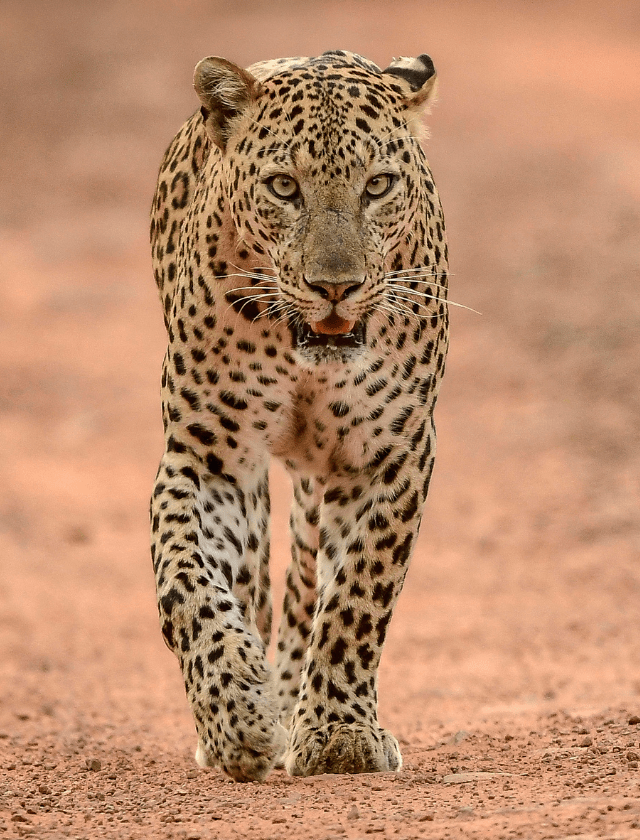The leopard, scientifically known as Panthera pardus, is a large carnivorous mammal that is well-known for its stealth and agility. Here is a brief summary of some of the key characteristics and behaviors of this remarkable animal:
Size: The size of a leopard can vary depending on its subspecies and location, but in general, males can weigh between 60-90 kg (130-200 lbs) and females between 30-60 kg (65-130 lbs). They can measure between 90-190 cm (3-6 feet) in length, not including the tail.
Dangerous to hunt: Leopards are widely considered to be a dangerous animal to hunt, as they are skilled at stealth and ambush, and have been known to attack humans when cornered or provoked.
Location: Leopards are found in a wide range of habitats throughout Africa and Asia, including savannas, forests, mountains, and deserts. They are most commonly found in sub-Saharan Africa, but can also be found in parts of the Middle East, Central Asia, and India.
Weather: Leopards are capable of living in a variety of weather conditions, from hot and dry to cold and wet. They are well-adapted to their environment, and are able to regulate their body temperature by seeking out shade or warmth as needed.
Activity: Leopards are primarily nocturnal animals, meaning they are most active at night. However, they may also be active during the day, particularly in areas where they are less likely to be disturbed by human activity.
Diet: Leopards are carnivores, meaning they primarily eat meat. Their diet can include a wide range of prey, such as antelope, gazelle, monkeys, rodents, birds, and even other predators such as hyenas and smaller cats. They are opportunistic hunters, and will take whatever prey is available to them in their habitat.
Behavior: Leopards are solitary animals, except during mating season or when a mother is caring for her young. They are highly territorial, and will mark their territory with urine and scent glands. They are also excellent climbers, and will often drag their prey up into trees to protect it from other predators.
In conclusion, the leopard is a fascinating and awe-inspiring animal that is well-adapted to its environment. With its stealth and agility, it is a skilled hunter and formidable predator. While it can be dangerous to hunt, the leopard is an important part of many ecosystems, and is admired by many for its beauty and strength.



